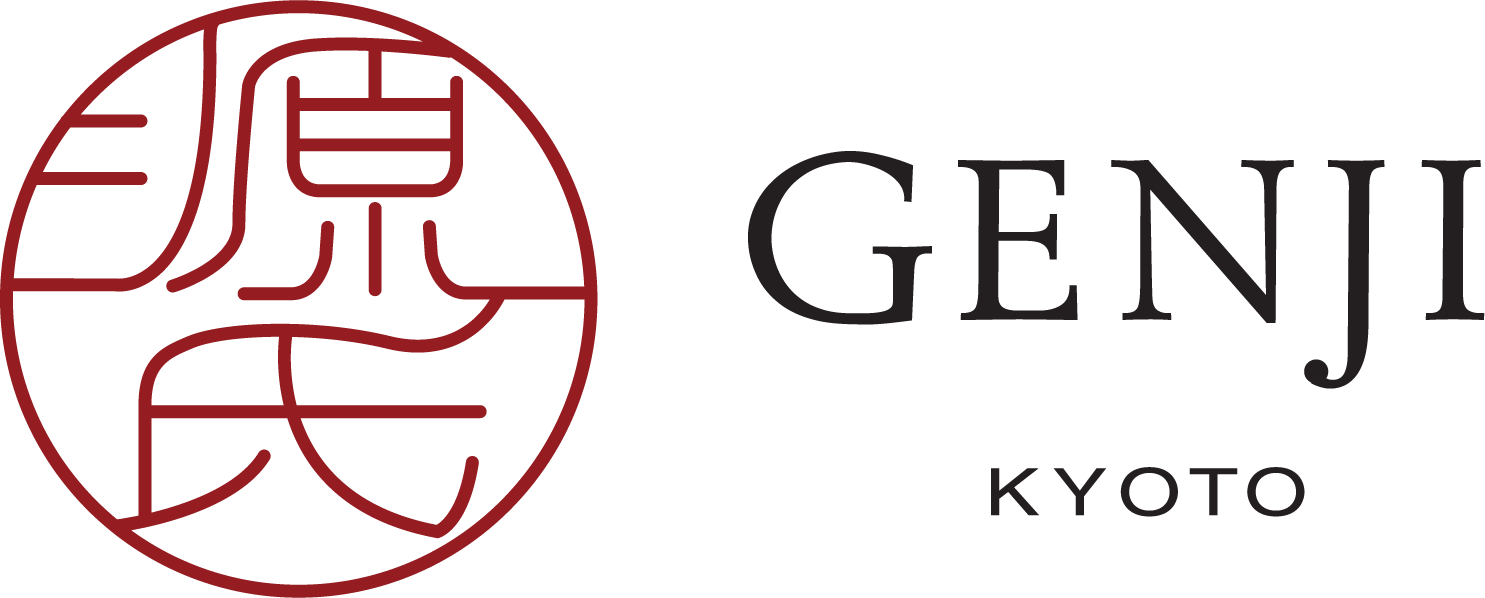Kyoto Calendar - Winter
“Hanatouro” illumination in Arashiyama has charmed visitors for years.
December
We are at the tail-end of the momiji foliage. Major temples like Kiyomizudera and Kodaiji may have light ups for a few more days. From Dec 10 to Dec 19, there will be a spectacular illumination event, called "hanatouro", in Arashiyama. The iconic bridge, the river and surrounding mountains will be lit up in different colors, and thousands of lanterns and flower installations line the walkways throughout the area and into the beloved bamboo forest. It is a spectacular sight. The event started 16 years ago but sadly, 2021 will be the last year! The city government has decided to close the chapter and rent out the lanterns for use in private sector events to spread sightseeing into other areas. We hope they will change their mind but just in case, don't miss the precious opportunity this year!
What about Christmas? Do Japanese people celebrate Christmas? Religiously speaking, no, not really. Dec 25 is not a public holiday. But people do appreciate the spirit of universal peace and enjoy the festivities of putting up Christmas trees and decorations. Kyoto Station with its brilliant tree and mini-concerts makes it a highly popular date spot every year. Most hotels and Western restaurants celebrate with Christmas menus and many shops and department stores have Christmas sales.
The spirit of Santa is everywhere.
January
If you're in Kyoto on New Year's Eve and are in the mood for some exuberance, it is worth visiting some of the major shrines and temples where people go after dinner to ring giant bells to usher in good fortune. Chion-in and Kodai-ji temples are very popular. Gion Shijo becomes a pedestrian zone, and Yasaka Shrine bustles with sights and sounds.
Ringing in the New Year
People continue to visit shrines in the first 3 days of the New Year for "hatsumode" (first shrine visit of the year), where one can draw an "omikuji" (fortune stick), write wishes on an "ema" (wooden plaques), or buy charms and amulets as souvenirs. Fushimi Inari is said to have attracted as many as 2.5 million people in those 3 days (records up to 2020).
Prayer wishes on "ema" little plaques.
Make sure you have reservations for lunch or dinner, as many Japanese restaurants take holiday in the New Year period. They usually close on Dec 29, and don't reopen until Jan 3 or later. These places will publish their holiday as 年末年始, literally meaning year-end and year-beginning. Sushi restaurants are particularly prone to closing on these days, so don't be caught out! Hotel restaurants remain open as do places serving non-Japanese cuisine, but it is best to check first. Even supermarkets take a holiday, and department stores close on the first day.
Starting January 2, you can assemble your own feast from the "depa-chika" (basement of a department store) of Takashimaya, Daimaru or Isetan. In addition to their usual eye-popping fare, they sell exquisite New Year o-sechi bento boxes.
O-sechi bento boxes come in different varieties and prices, but all of them only available during New Year.
If you want more exclusive ones from the most prestigious restaurants, you have to order well in advance and be prepared to pay an arm and a leg for superlative flavors and presentation.
February
This is the month of the "Ume" (plum blossoms), which are at least as beautiful as sakura (cherry blossoms). They both blossom in white, pink or red, but there are ways to tell them apart. Plum blossoms have a stronger fragrance, and petals that have a small split at the end. You can check them out at Kitano Tenmangu in Feb to early Mar (the weather is rather unpredictable these days). They have over 1,500 trees of 50 types of plum. There are also plum forests in and around Kyoto that are guaranteed to dazzle if one gets the timing right!
Plum blossoms - the first bloom of the year and a symbol of new beginning.
Plum forest - a sight to behold.
Genji Kyoto's guest experience ambassadors will be happy help you find the best spots, make reservations or design itineraries that suit your interests.
